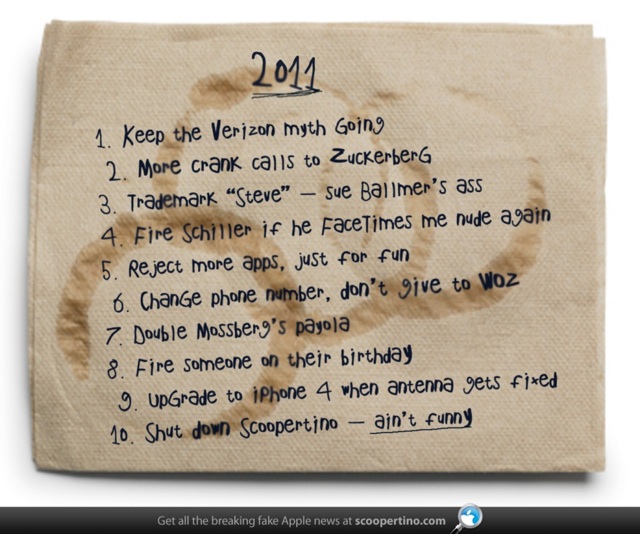
Why would website content writers in Canada pay $4,000 for a digital photo that retails for about $10? Well, frankly, we screwed up. It’s an expensive lesson on copyright laws that we wish to share with other marketers, so you don’t make the same mistake.
Continue reading →

Shortly after writing about Internet addiction, a photographer reached out and told us about a service that blocks the Internet from your computer. While you might pay a small fortune to access the Internet, you can block it for just a few bucks. Sounds too good to be true, right? So we had to look into it.
Continue reading →
Posted on Jan 24 2011 12:01 am by Web Copywriters
tags: Social Media Technology Working in the Web
|
category: Web world at large |
1 Comment

Do you spend more time than you need to on Facebook, Twitter, Google and any other of the two billion websites floating around the Internet? You may be suffering from a condition scientists are calling Information Deprivation Disorder.
Continue reading →

One of our favourite sources for general hilarity and Web-related weirdness, Laughingsquid, posted Steve Jobs’ New Years Resolutions on a Starbucks Napkin, courtesy of the ‘unreal Apple news’ team over at Scoopertino. If you think this is funny, check out some of Scoopertino’s other fake Apple news pieces, like Wikileaks Releases 140,000 Emails from Steve Jobs, and Apple Kool-Aid to Go Into Mass Distribution.
I guess we’re not the only ones who like to poke a little fun at Apple’s head brat.

If you’re like me, you get irritated by overused headlines. Now that we’re entering ‘Best of 2010’ season, I’ve gone into hyper-eye-roll mode.
To help you waste your Internet time wisely, I’ve decided to be your ‘Best of 2010’ list curator. Of course, all of these are based around my penchant for web content, copywriting, web design, technology and marketing, and I rebelliously chose 9 instead of 10.
Here is my collection of the Best Best of 2010 Lists of 2010.
Continue reading →

In his 2002 book The Big Red Fez , marketing author Seth Godin critiqued selected websites and how they helped or hindered their visitors. He likened the website visitor to a monkey looking for a banana. If the banana is too hard to find, then the monkey will go elsewhere. Today, are websites making it easier to find the banana or is the furry guy starving?
, marketing author Seth Godin critiqued selected websites and how they helped or hindered their visitors. He likened the website visitor to a monkey looking for a banana. If the banana is too hard to find, then the monkey will go elsewhere. Today, are websites making it easier to find the banana or is the furry guy starving?
Continue reading →

How long has language been around? For 50,000 years, language has aided human intellectual evolution and social advancements. Now the emergence of social media puts idea sharing, information exchange and our collective progress into hyper drive.
For generations, information and ideas have been shared through theater, schools and media. Books, newspapers, magazines, radio and TV sped the distribution and reach of language to the masses. The advent of the Internet hurled language onto an information super highway. With social media fully embedded in the mainstream, humans are now able to instantaneously tap into, and influence, the ideological pulse of the planet. So is this a good thing?
Continue reading →

Consumers are going mobile, and fast. If your business isn’t, it could be missing out on potential revenue from the increasing number of consumers using their phones to decide where to direct their spending.
Continue reading →

Social media empowers consumers to be recognized by marketers as human again, their voices amplified through an expanding array of platforms in the transparent online marketplace. Businesses are learning the value of this increasing amount of unsolicited market data, as well as the power of engaging their customers in conversation. As a result, products and services are being tailored to customers more efficiently, and businesses are able to respond quicker to issues and concerns.
How are these changes affecting web design? In order to fully leverage the benefits of this new relationship between business and consumer, websites must be designed with and for the ‘social Web’, affecting aesthetics, functionality, and the development process itself.
Continue reading →













